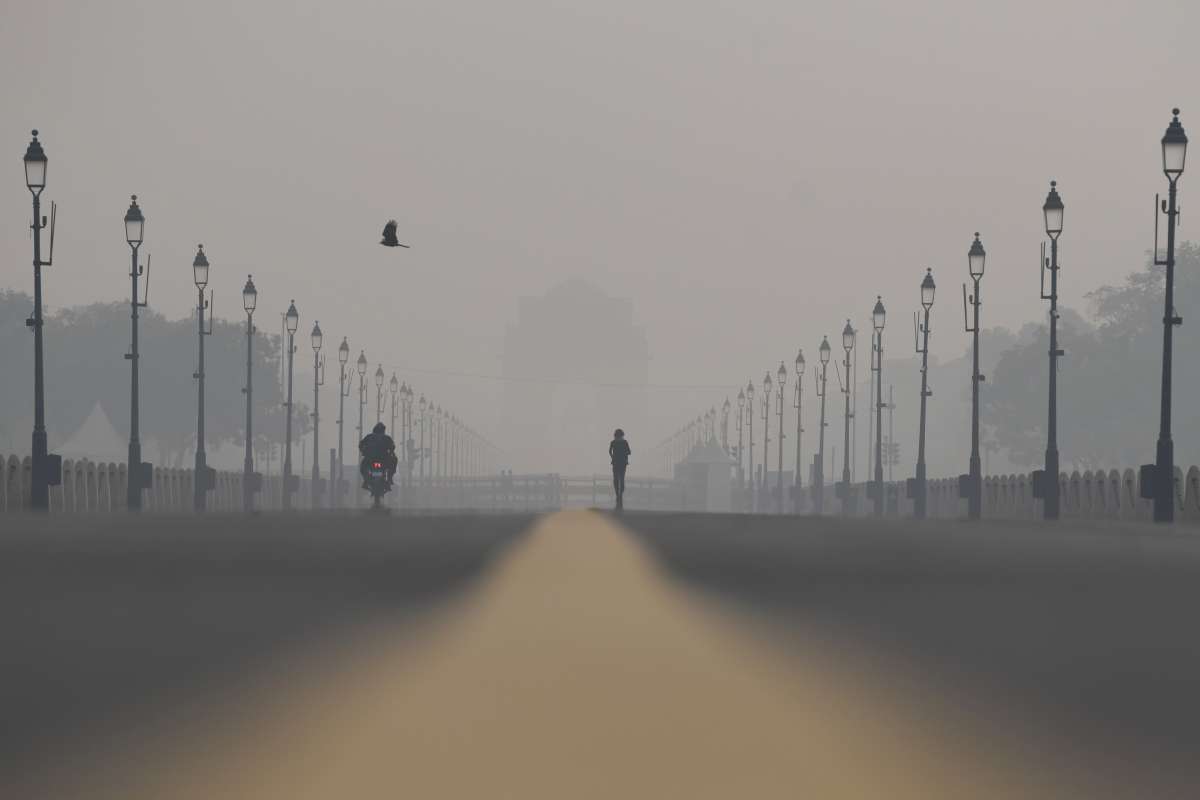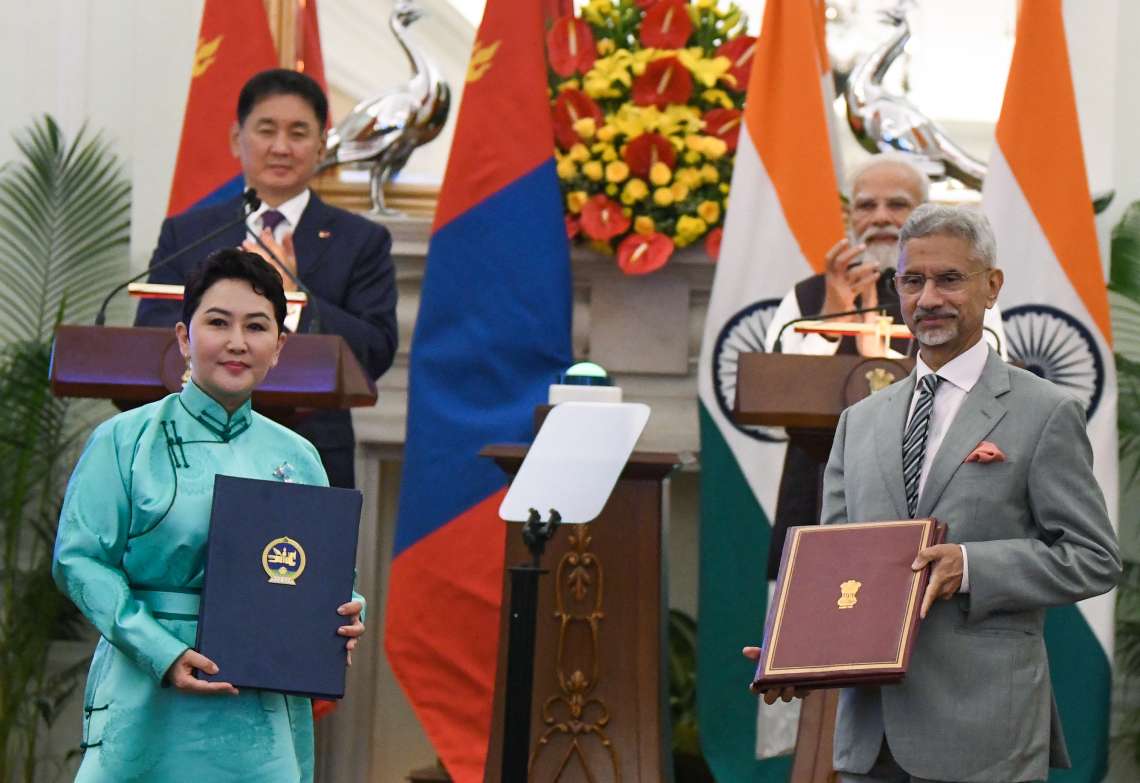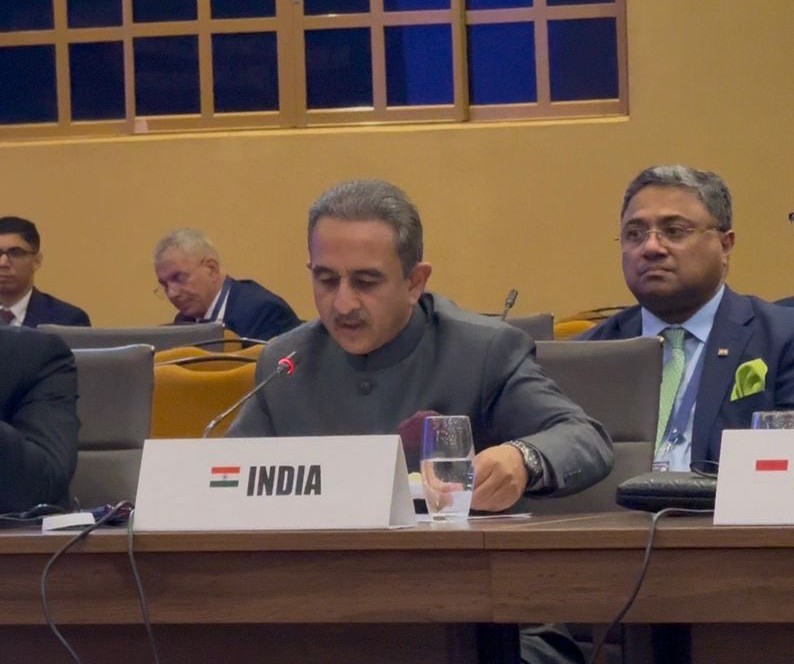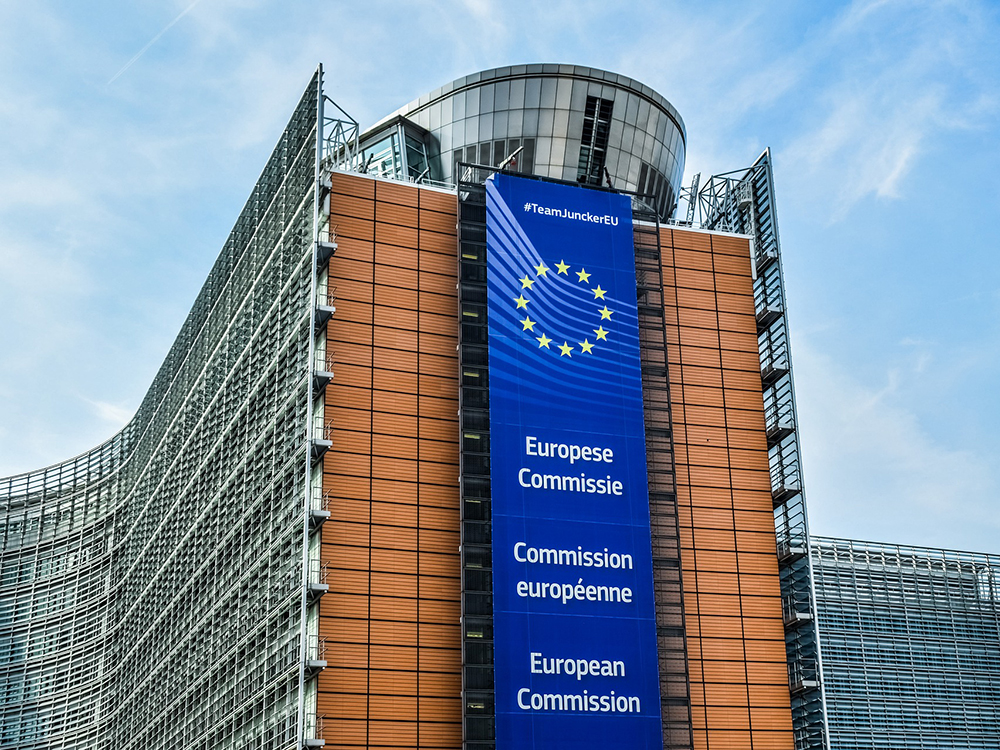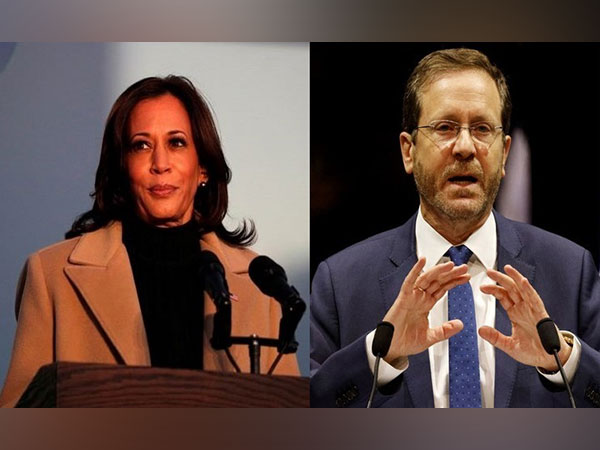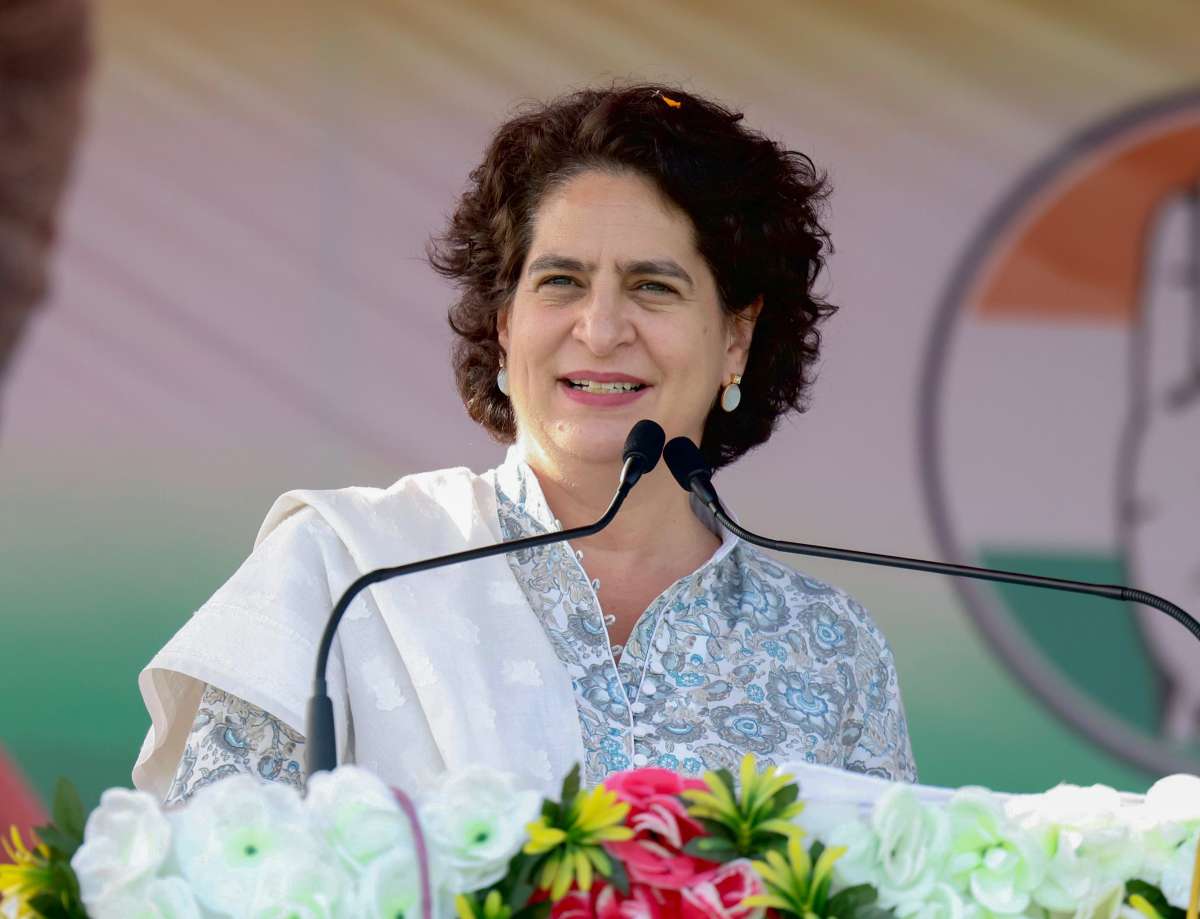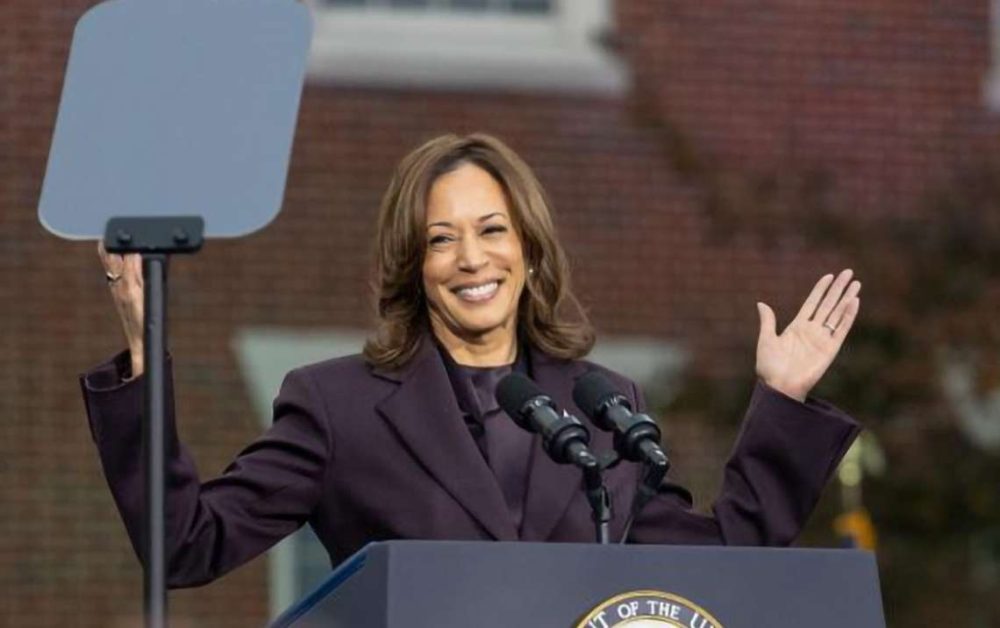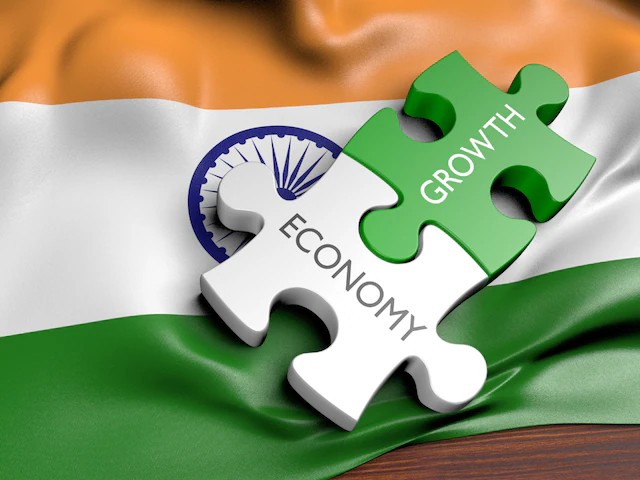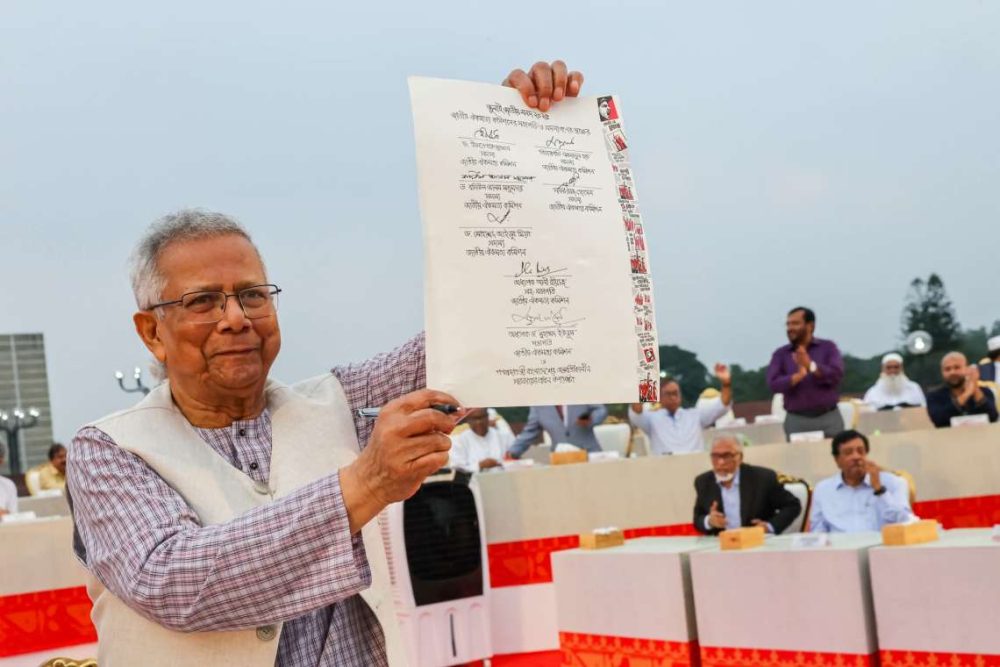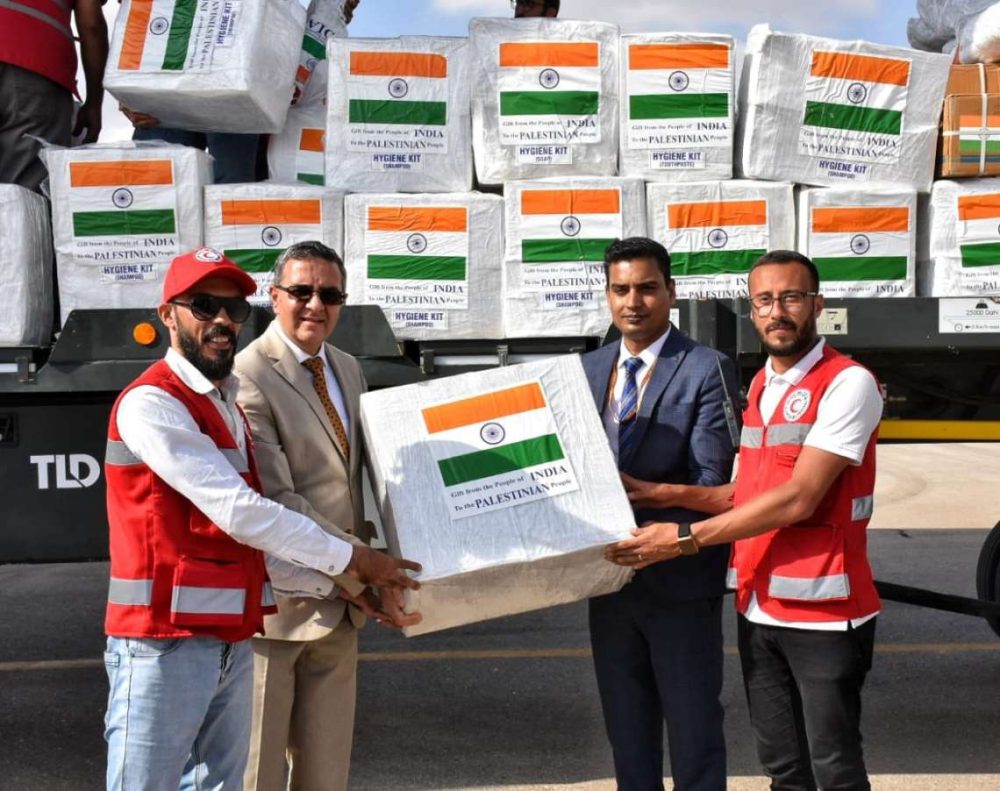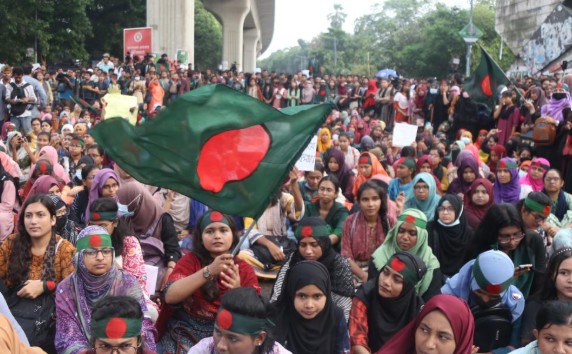Several residents and commuters in the national capital complained of breathing problems and urged the government to mobilise steps to curb air pollution at the earliest…reports Asian Lite News
A thick toxic haze or ‘smog’ continued to hang heavy over the national capital as the air quality remained in the ‘severe’ category on Wednesday, the Central Pollution Control Board (CPCB) informed.
According to the data shared by the CPCB, the Air Quality Index (AQI) in Anand Vihar was recorded at 452, while it was at 433, 460, 382, and 413 at RK Puram, Punjabi Bagh, Sri Aurobindo Marg and Shadipur, all in the ‘severe’ category.
Several residents and commuters in the national capital complained of breathing problems and urged the government and the authorities concerned to mobilise steps to curb the runaway air pollution at the earliest.
Voicing concerns over the deteriorating air quality, a commuter told ANI, “This toxic air is giving us breathing problems. The government should mobilise urgent steps to bring us some respite.”
Gulab Singh Shukla, another resident, said, “The deteriorating air quality is proving to be a public health hazard. Residents, especially daily commuters, are suffering and the government should act at the earliest.”
Jatin, a cyclist, said, “The air pollution is getting worse and people are literally struggling to breathe. The AQI is deteriorating by the day. The government and all agencies concerned should take note of our problems and announce further steps to curb pollution.”
Satish Mishra, another resident, said the governments of the northern states were trading blame and pointing fingers at each other instead of trying to control the worsening air pollution.
“If not controlled now, this could have a more severe impact on public health than Covid. Masks are back on the faces of residents here as the air quality is going from bad to worse,” Mishra told ANI.
The Supreme Court on Tuesday expressed grave concern over the hazardous air quality in the national capital and directed that farmers should stop stubble burning forthwith in Punjab, Haryana, and western Uttar Pradesh, saying it was one of the major contributors to air pollution.
A bench of Justices Sanjay Kishan Kaul and Sudhanshu Dhulia made the local State House Officer, under the overall supervision of the Chief Secretary and the Director General of Police, responsible for preventing crop burning.
It further directed that a meeting be held on Wednesday between the states to ensure that crop burning is stopped forthwith.
Further, the top court noted that smog towers installed as per an earlier order are not working and directed the government to ensure they are repaired.
The top court also asked chief Secretaries of the states to hold a meeting either physically or by Zoom on the pollution issue. “Eminent Secretary should call for a meeting tomorrow, whether physically or via Zoom. All stakeholders will connect to ensure that we have a better picture and some redemption by Friday,” it added.
It also observed that schemes like odd-even for vehicles to tackle pollution issues mere optics.
Air pollution levels can be high during the winter months for a number of reasons, including dust and vehicular pollution, dry-cold weather, stubble burning, burning crop residues after the harvest season, and commuting.
Cold air is denser and moves slower than warm air, so it traps pollution and doesn’t whisk it away. This means that air pollution in winter remains in place for much longer than during the summer.
According to doctors, for any healthy person, a recommended AQI should be less than 50, but these days the AQI has spiked beyond 400, which could prove fatal for those suffering from lung-related diseases and even pose a risk of lung cancer.
Meanwhile, the air quality index (AQI) in Prayagraj district in neighbouring Uttar Pradesh, slipped to the ‘poor’ category on Wednesday.
Mumbai air quality deteriorates
Meanwhile, air quality in Mumbai continued to remain in the ‘Moderate’ category on Wednesday.
The overall Air Quality Index (AQI) stood at 149 at noon according to data provided by the System of Air Quality and Weather Forecasting and Research (SAFAR)-India data.
Many areas in the city dipped to ‘poor’ and ‘very poor’ air quality.
The state pollution control meter, installed at Chhatrapati Shivaji Terminus (CST) reflected the air quality of Mumbai as ‘very poor’ at 7 am. A health alert was also issued at the CST area due to the deteriorating air quality.
The air quality index varied in different areas of Mumbai. In the Bandra Kurla Complex, the air quality was recorded in a ‘moderate’ category, with an AQI of 200 at 9 am. Meanwhile, Colaba and Borivali East reported ‘moderate’ air quality with an AQI of 151 and 141, respectively.
On Tuesday, the air quality remained in the ‘poor’ category in the Bandra Kurla complex, which is one of the important commercial areas of Mumbai. Although the average AQI of the city was recorded to be 145 (moderate), as per the data released by SAFAR.
The Bombay High Court on Monday passed interim directions for the Maharashtra government and municipal authorities in Mumbai and surrounding areas to mitigate the issue of worsening air pollution.


